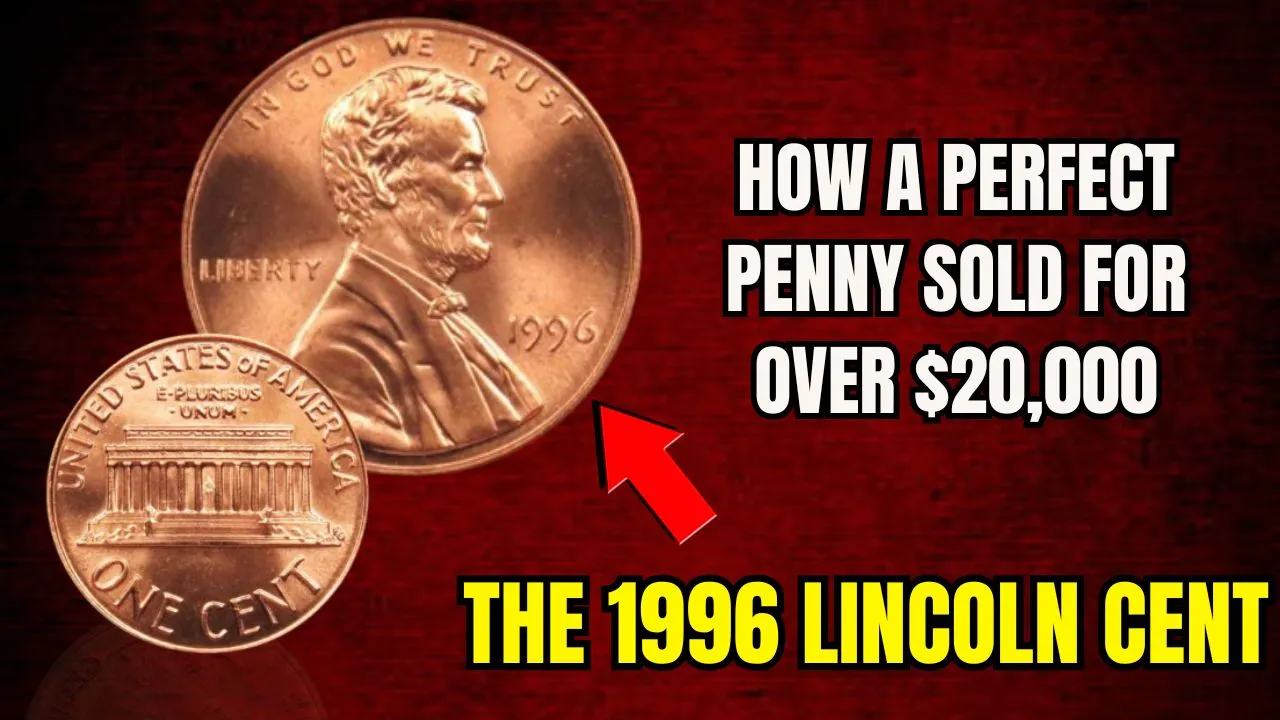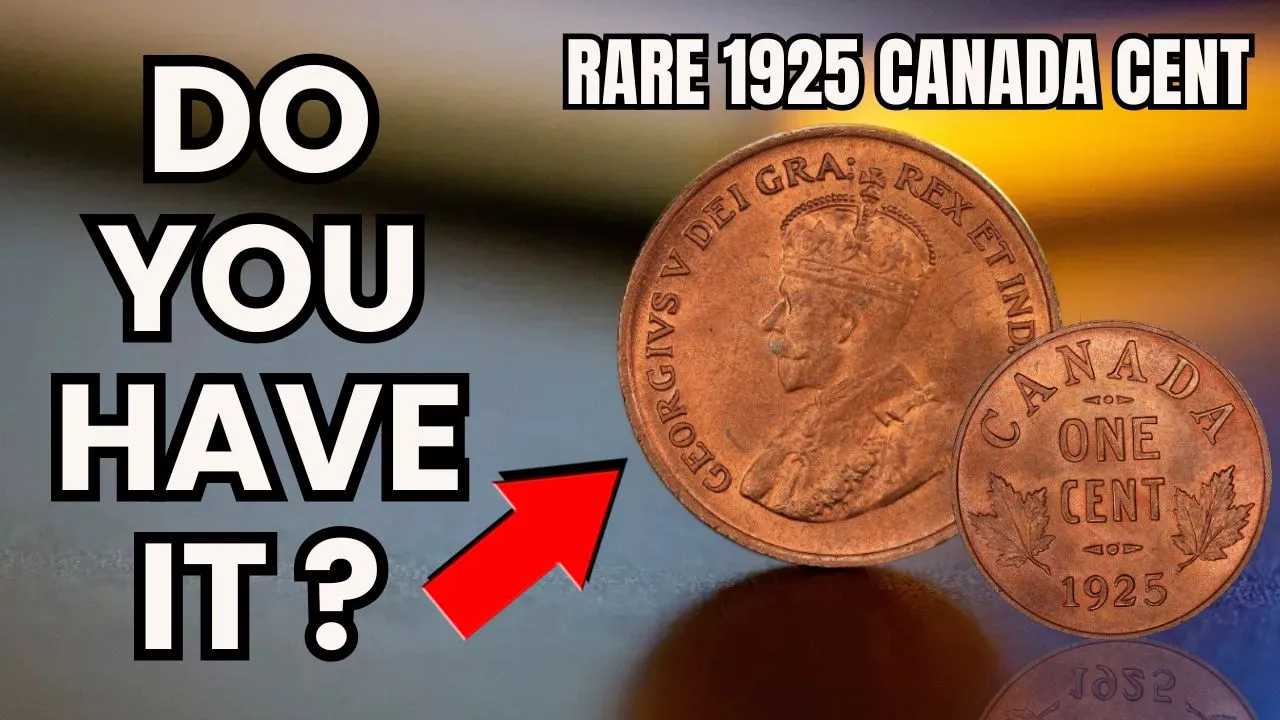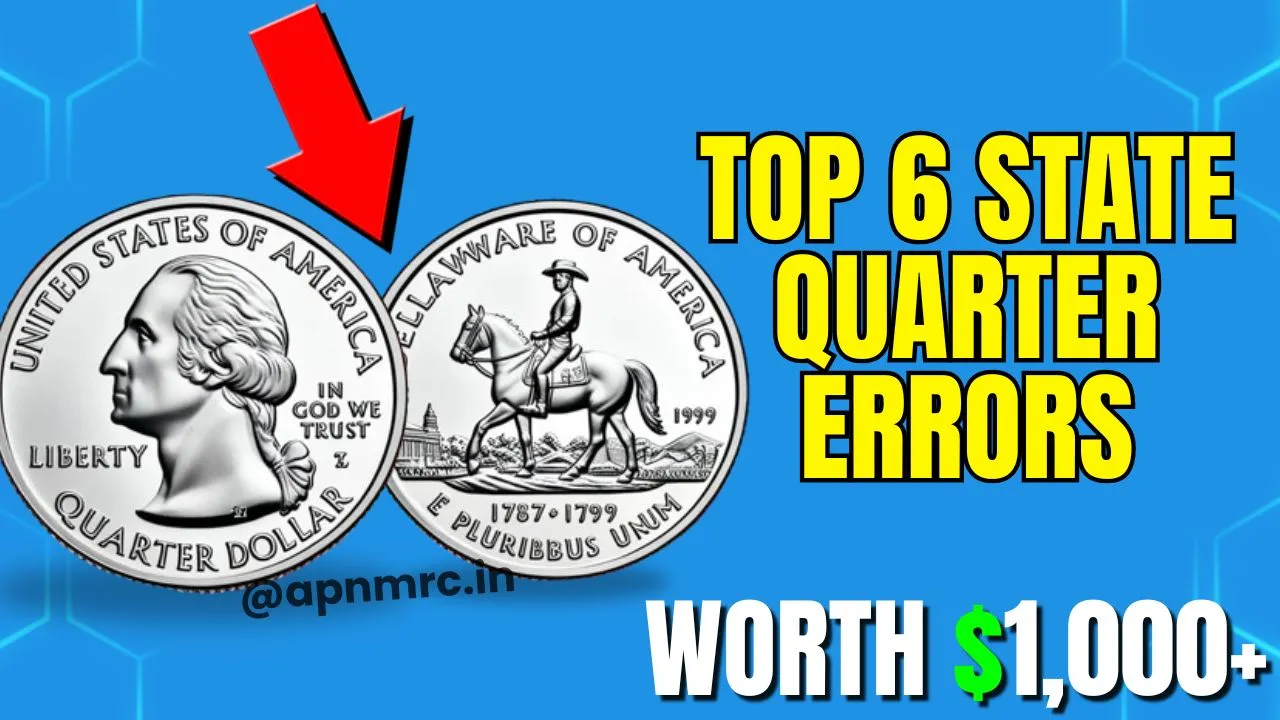The 1996 Lincoln Cent: The 1996 Lincoln Cent may seem like just another penny to the untrained eye, but a single specimen made headlines by fetching over $20,000 at auction. This copper-zinc coin, minted in Philadelphia, gained immense value not because of rarity, but due to its near-perfect condition. Graded MS-69 RD by PCGS, it achieved a level of preservation almost unheard of among billions of pennies produced in 1996.
This article explores the incredible journey of this coin, explaining why condition matters as much as rarity in numismatics. You’ll learn about its minting details, the significance of its grading, and how its impeccable state drove its value sky-high.
Overview Table: 1996 Lincoln Cent at a Glance
| Aspect | Details |
| Year Minted | 1996 |
| Mint Location | Philadelphia |
| Composition | Copper-Zinc Alloy |
| Diameter | 19 mm |
| Weight | 2.5 grams |
| Designers | Victor D. Brenner (obverse), Frank Gasparro (reverse) |
| Grading by PCGS | MS-69 RD |
| Auction Price | $20,250 |
| Key Selling Point | Near-perfect condition, flawless under magnification |
The Significance of Grading in Coin Valuation
In numismatics, grading determines a coin’s quality and, consequently, its market value. The 1996 Lincoln Cent achieved an exceptional MS-69 RD grade from PCGS, one of the highest certifications on the Sheldon Scale, which ranges from 1 to 70. This grade implies a coin with no visible imperfections, except under magnification, and is rare for coins minted in such large numbers. For collectors, acquiring a coin in this grade represents the pinnacle of preservation and desirability.
Minting Details of the 1996 Lincoln Cent
The 1996 Lincoln Cent was minted at the Philadelphia Mint, one of the largest mints in the United States. A staggering 6.6 billion coins were produced that year, emphasizing its status as a common coin. Despite the mass production, its historical and design elements add to its charm.
Key details about its design include:
- Obverse Design: A profile of President Abraham Lincoln, originally crafted by Victor D. Brenner.
- Reverse Design: The Lincoln Memorial, created by Frank Gasparro.
Made from a copper-zinc alloy, the coin weighs 2.5 grams and measures 19 mm in diameter. While the material itself is not inherently valuable, its pristine state and expert grading elevated its worth significantly.
Why This Penny Sold for Over $20,000
The 1996 Lincoln Cent stands out not for its rarity, but for its flawless condition. While billions of pennies were minted, very few remained in such perfect mint-state condition. Over time, coins typically accumulate wear, even if unused. This specific coin’s lack of blemishes or visible wear made it a unique find for collectors.
At an auction in 2023, the penny sold for $20,250, breaking records for coins of this type. Its high price reflects the growing demand among collectors for top-grade coins. Even a common coin can become an extraordinary asset if it achieves such near-perfection
Lessons from the Sale of the 1996 Lincoln Cent
The extraordinary value of the 1996 Lincoln Cent highlights key lessons in numismatics:
- Condition is Key: While rarity often drives the value of coins, condition plays an equally significant role. A common coin in perfect condition can outshine rarer coins in poor states.
- Grading Adds Value: Professional grading by institutions like PCGS can greatly enhance a coin’s marketability and price.
- Preservation Pays Off: Coins that are well-preserved over time, especially from large mintages, become coveted items for serious collectors.
FAQs about the 1996 Lincoln Cent
1. Why was the 1996 Lincoln Cent so valuable?
The coin achieved a near-perfect MS-69 RD grade from PCGS, meaning it was flawless under magnification. This exceptional preservation made it highly desirable to collectors.
2. How many 1996 Lincoln Cents were minted?
Approximately 6.6 billion pennies were produced at the Philadelphia Mint in 1996.
3. What does MS-69 RD mean?
MS-69 RD is a grading term from PCGS, where “MS” stands for Mint State, “69” denotes near-flawless condition, and “RD” refers to the coin’s red coloring, indicating its original copper luster.
4. Who designed the 1996 Lincoln Cent?
The obverse was designed by Victor D. Brenner, and the reverse was created by Frank Gasparro.
5. What makes a coin valuable besides rarity?
Factors like condition, professional grading, historical significance, and unique design details contribute to a coin’s value.
Read Also







